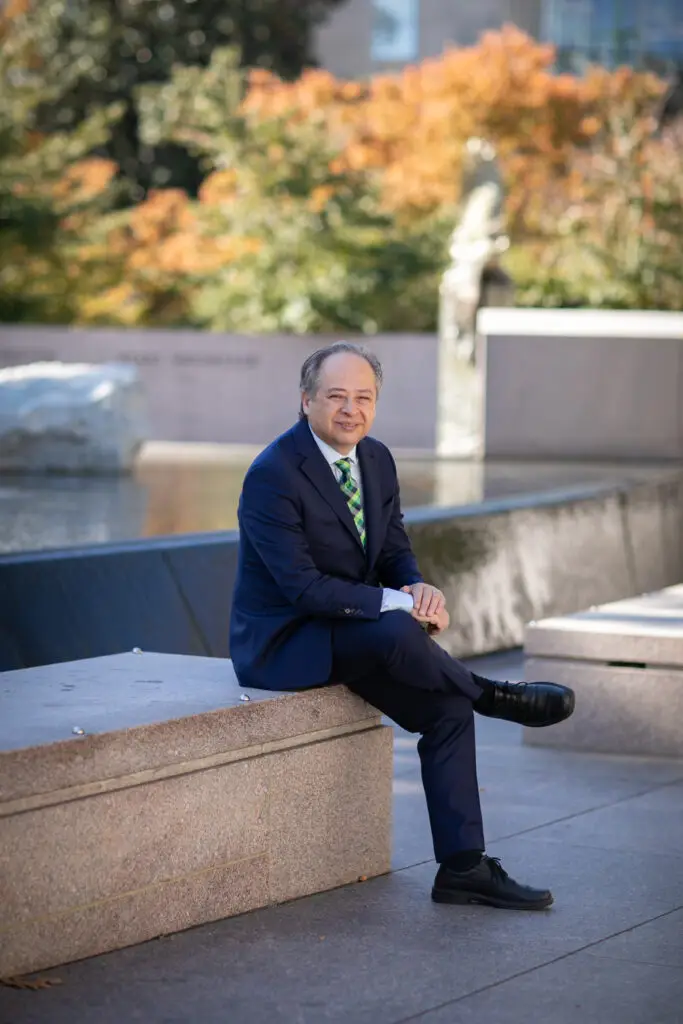About
ABOUT JON GREENBAUM

Jon Greenbaum founded Justice Legal Strategies in 2024 for the purpose of helping the progressive legal community. He is one of the top civil rights and voting rights lawyers in the country, having worked for over 25 years in key positions at the Lawyers’ Committee for Civil Rights Under Law and in the Civil Rights Division at the Department of Justice. Jon has litigated some of the most important and complex civil rights cases in this century. Jon also has two decades of experience as a manager of large legal teams and has collaborated closely with a variety of external partners. Jon brings his skills as a litigator, legal thinker, developer and implementer of programs, and manager of people and processes to help progressive legal organizations achieve greater impact through innovative and carefully considered strategies and the ability to create legal teams that thrive.
In the first months of Justice Legal Strategies, Jon helped clients navigate a transition between legal directors, prepare legal responses to Project 2025, protect the rights of voters in the 2024 election, and file legal briefs in the United States Supreme Court and the lower federal courts.
For nearly fifteen years as Chief Counsel at the Lawyers’ Committee, Jon managed a multi-unit legal department with as many as forty people, served on the Executive Management Team, and co-led teams with law firm partners and nonprofit leaders. Jon worked with staff lawyers and pro bono counsel, public policy teams, communications professionals, organizers, social scientists, clients, external partners, and others to craft multifaceted responses to civil rights issues.
Jon brings his skills as a litigator, legal thinker, developer and implementer of programs, and manager of people and processes to help progressive legal organizations achieve greater impact through innovative and carefully considered strategies and the ability to create legal teams that thrive.

My Story
My initial inspiration for wanting to be a civil rights lawyer comes from my family story. My father was born in Brooklyn in 1942. His father (my grandfather) and his family fled Nazi Germany and settled in what was then Palestine. He and my grandmother, who was born in Russia, later emigrated to the United States and my grandfather fought for the United States in World War II. My father grew up mostly in Florida, as the warmer weather was better for the injuries my grandfather suffered in the war.
My mother is a Japanese-American who was born in Hawaii in 1943. Her six siblings have an American name and a Japanese name but she does not have a Japanese name because her family was concerned about internment. At the time, the family lived in a fishing shack. Later the family moved to a house. There was a time that my mother, the second youngest, and her younger sister Sheila, the first of many lawyers on both sides of my family, slept on the floor because there were not enough beds.
My parents met in California in 1966 and within a couple of months decided to marry. This was the year before the Supreme Court decision in Loving v. Virginia, so interracial marriage was illegal in some states. Both families were opposed. My father’s parents travelled from Florida to California, and with a rabbi, tried to persuade my parents not to marry because my mother was not Jewish. My mother’s father told my mother to come home. Fortunately for me and my brother, my parents persisted.
My parents were trailblazers. And both sides of the family got over it. I think my birth had something to do with it, as did my father’s talent for fixing things and the fact that my mother was good for my father. There are now many racially mixed relatives on my mother’s side and others with religiously mixed backgrounds on my father’s side.